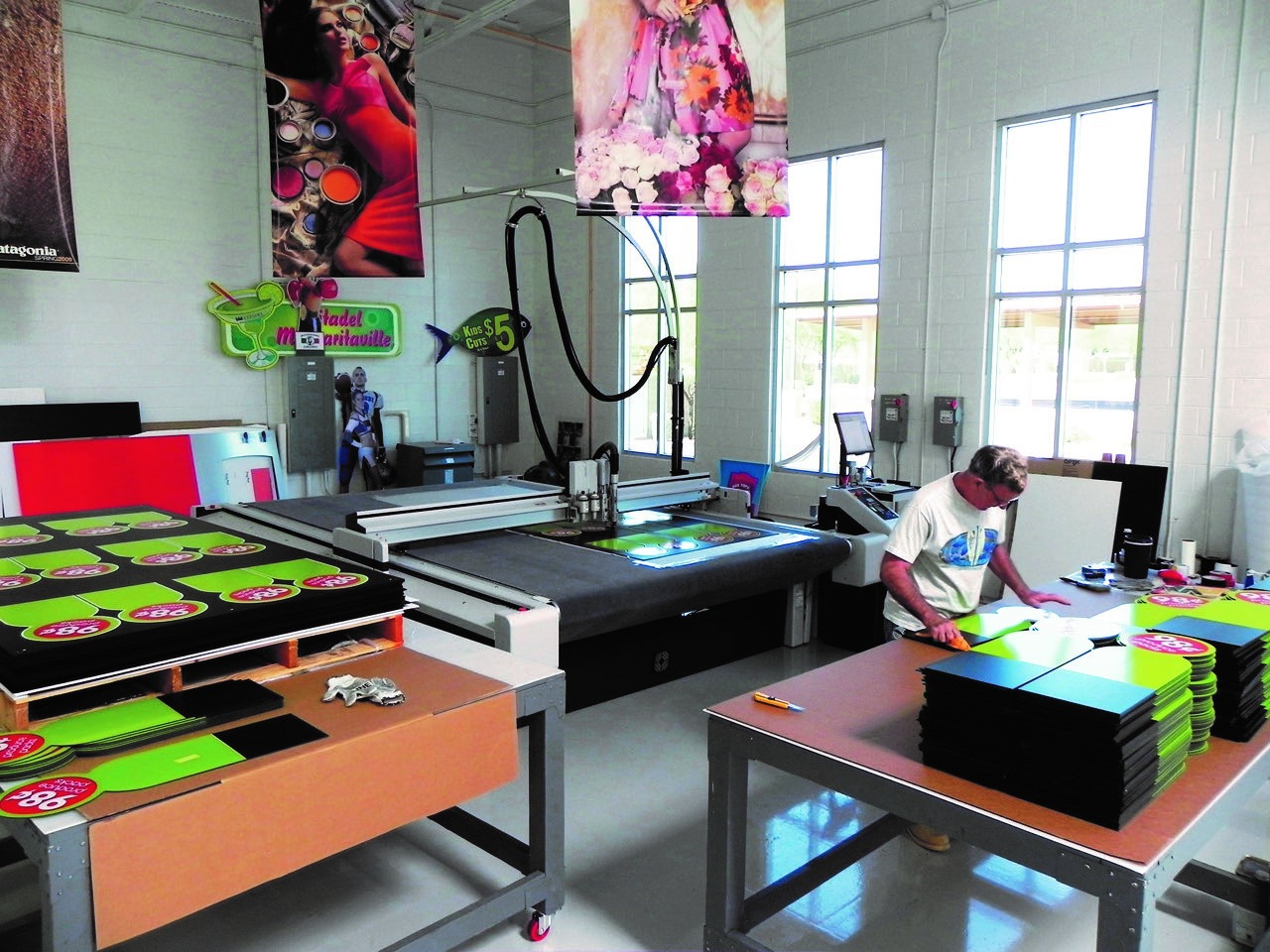In today’s fast-paced work environments, safety is not just a priority—it’s a necessity. Organizations across industries must ensure that incidents are reported quickly, accurately, and efficiently to prevent future risks and comply with regulatory standards. Yet, many businesses still rely on outdated systems that hinder timely communication and thorough investigations. That’s where Safety collaboration software enters the scene, transforming the way incident reporting is managed.
This powerful digital solution fosters real-time communication, ensures proper documentation, and promotes a culture of accountability across teams. Whether you’re in construction, manufacturing, healthcare, or any other high-risk industry, the right software can be a game-changer.
In this article, we’ll explore how safety collaboration software streamlines incident reporting, improves workplace safety, and empowers teams to respond proactively.
What Is Safety Collaboration Software?
A Digital Hub for Safety Communication
Safety collaboration software is a centralized digital platform that enables teams to communicate, report, and resolve safety incidents in real-time. It integrates tools for messaging, documentation, reporting, and analytics, ensuring everyone from frontline workers to management stays aligned on safety protocols.
Unlike traditional spreadsheets or isolated incident logs, this software creates a collaborative environment where safety becomes a shared responsibility.
Key Features
- Real-time incident reporting
- Document and image uploads
- Automated alerts and workflows
- Compliance tracking
- Integrated analytics and dashboards
- Mobile access for field teams
The Challenges of Traditional Incident Reporting
Before diving into the benefits of safety collaboration software, it’s essential to understand why legacy systems fall short.
Delayed Reporting
Manual processes often lead to reporting delays. Paper-based logs or email chains are not only time-consuming but also prone to errors and omissions.
Fragmented Communication
Without a unified system, safety communication gets scattered across departments. This fragmentation leads to miscommunication, overlooked hazards, and recurring incidents.
Compliance Gaps
Maintaining compliance with OSHA or industry-specific regulations requires accurate documentation. Traditional methods increase the risk of missing critical details or deadlines.
How Safety Collaboration Software Solves These Problems
1. Accelerated Incident Reporting
Safety collaboration software enables employees to report incidents the moment they occur using mobile devices or desktop platforms. The intuitive interface allows users to log key details, attach media, and submit reports in minutes.
Benefits:
- Minimizes reporting delays
- Captures real-time data
- Reduces underreporting
2. Real-Time Notifications and Alerts
Once an incident is reported, automated alerts notify relevant personnel—safety officers, supervisors, and HR—instantly. This rapid communication ensures a timely response and helps contain risks.
Benefits:
- Quicker hazard resolution
- Clear escalation paths
- Enhanced team coordination
3. Centralized Data and Documentation
All incident data, communications, and corrective actions are stored in a centralized platform. This makes it easy to track patterns, review past incidents, and prepare for audits.
Benefits:
- Simplifies audits and inspections
- Ensures consistency in documentation
- Improves long-term data accessibility
4. Workflow Automation
Safety collaboration software automates many repetitive tasks, from assigning follow-up actions to scheduling investigations and reminders. This eliminates manual errors and keeps the safety process moving smoothly.
Benefits:
- Saves time and reduces admin burden
- Ensures accountability
- Improves follow-through on safety measures
5. Analytics and Reporting
Dashboards and analytics tools provide safety managers with deep insights into incident trends, root causes, and safety performance. These insights support data-driven decision-making.
Benefits:
- Identifies recurring risks
- Helps improve safety policies
- Tracks key safety metrics
Why Safety-Chat Recommends Safety Collaboration Software
At Safety-Chat, we understand the importance of streamlined safety operations. Our platform highlights solutions that empower teams to prioritize safety without sacrificing productivity. Safety collaboration software aligns perfectly with this vision, offering tools that enhance communication, accountability, and compliance.
Whether you’re a safety manager looking to modernize your system or a team leader wanting to reduce workplace risks, integrating collaboration software is a strategic move.
Real-World Impact: Case Studies in Efficiency
Construction Industry Example
A large construction firm implemented safety collaboration software across its sites. Within six months, incident reporting rates increased by 45%, while response times decreased by 60%. This not only improved on-site safety but also boosted morale and productivity.
Manufacturing Sector Example
A mid-sized manufacturer replaced paper-based reporting with a cloud-based platform. The result? Near-instant reporting and a 30% reduction in repeat incidents due to better root cause analysis.
Implementing Safety Collaboration Software: Best Practices
Assess Your Needs
Before choosing a solution, identify your organization’s pain points—be it slow reporting, poor communication, or compliance issues.
Choose the Right Software
Look for features like mobile compatibility, automation, real-time communication, and strong data security.
Train Your Team
Ensure that every employee, from the factory floor to the executive suite, understands how to use the software effectively.
Monitor and Improve
Use built-in analytics to continuously monitor safety performance and refine your processes accordingly.
The Future of Incident Reporting
As workplaces become more digital and interconnected, safety collaboration software will continue to evolve. Expect to see deeper integrations with AI, IoT devices, and wearables that automatically detect hazards or capture data. The future is not just reactive—it’s proactive.
By embracing these innovations now, organizations can stay ahead of compliance requirements, reduce risk, and foster a culture of safety.
Conclusion: Make Safety a Shared Responsibility
Safety is not the responsibility of a single department—it’s a collective commitment. By integrating safety collaboration software into your organization, you empower every employee to take part in maintaining a safe work environment.
From real-time incident logging to proactive hazard prevention, the benefits of these digital tools are undeniable. Don’t let outdated processes compromise your team’s safety. Invest in the right software, streamline your reporting process, and elevate your safety culture today. Discover new opportunities—start by exploring our homepage today.
FAQs
1. What industries benefit most from safety collaboration software?
Industries with higher safety risks—like construction, manufacturing, logistics, oil & gas, and healthcare—benefit the most, though any organization can improve safety through collaboration tools.
2. Is safety collaboration software difficult to implement?
Most modern solutions are user-friendly and cloud-based, making them easy to implement with minimal disruption. Training and onboarding support is often included.
3. Can safety collaboration software help with compliance audits?
Yes. The software keeps thorough, time-stamped records of incidents, communications, and corrective actions, simplifying audits and improving regulatory compliance.











Leave a Reply